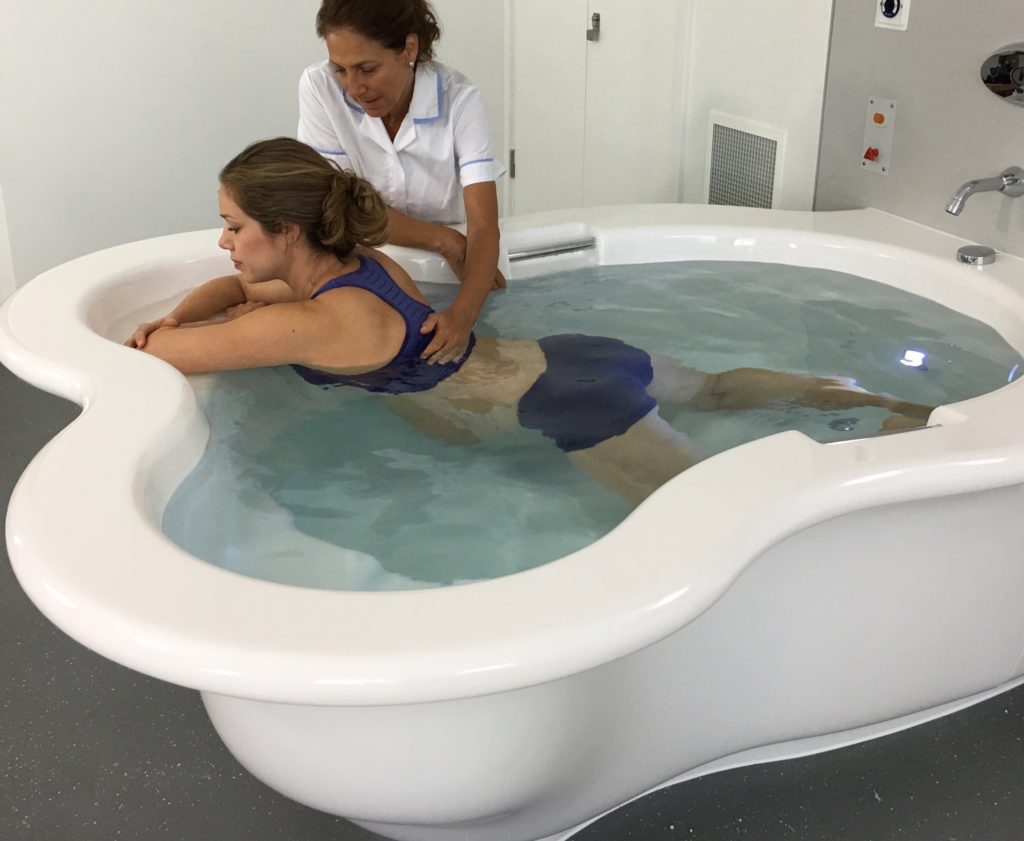The cost-effectiveness of mother well-being
Abstract: Purpose To assess the cost-effectiveness of water compared with normal land delivery.
Methods; A retrospective controlled study was conducted over a two-year period in a Northern Italian hospital. The cohort included all the 110 women who completed a water birth and 110 women who had a land birth during the same period. The two groups were compared with respect to labour duration, perineal tear and newborn’s health status. The economic evaluation adopted a cost-effectiveness approach in relation to presence/absence of perineal tears.
Results: In the water delivery group 58 women (52.7%) experienced at least one perineal tear versus 80 (72.7%) in the traditional delivery group. The mean duration of labour was similar in the two groups. Neonatal well-being, expressed as Apgar score, did not differ significantly among the two groups at the first minute (9.48 vs. 9.28) and was slightly higher at 5 minutes in the water delivery group (9.95 vs. 9.84; P = 0.0269). Water delivery was found to be both more costly [ΔC = €279; 95% confidence interval (CI): 262–296] and more effective in terms of avoided perineal tears. The incremental health care cost per avoided perineal tear because of water delivery was estimated of €1395.7 (95% CI: 1049.2–3608.5).
Conclusion: Water birth, as compared with traditional delivery, allows for an increase in maternal well-being and is cost-effective.










